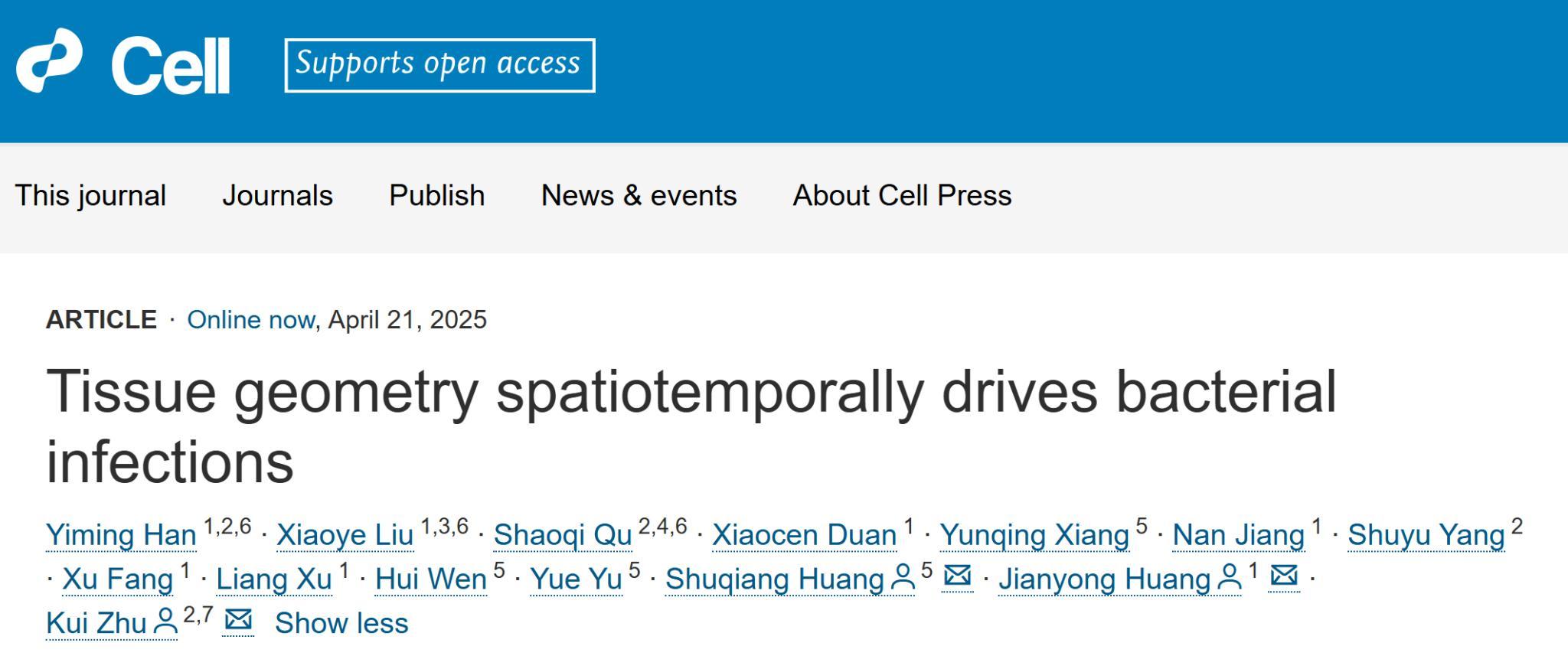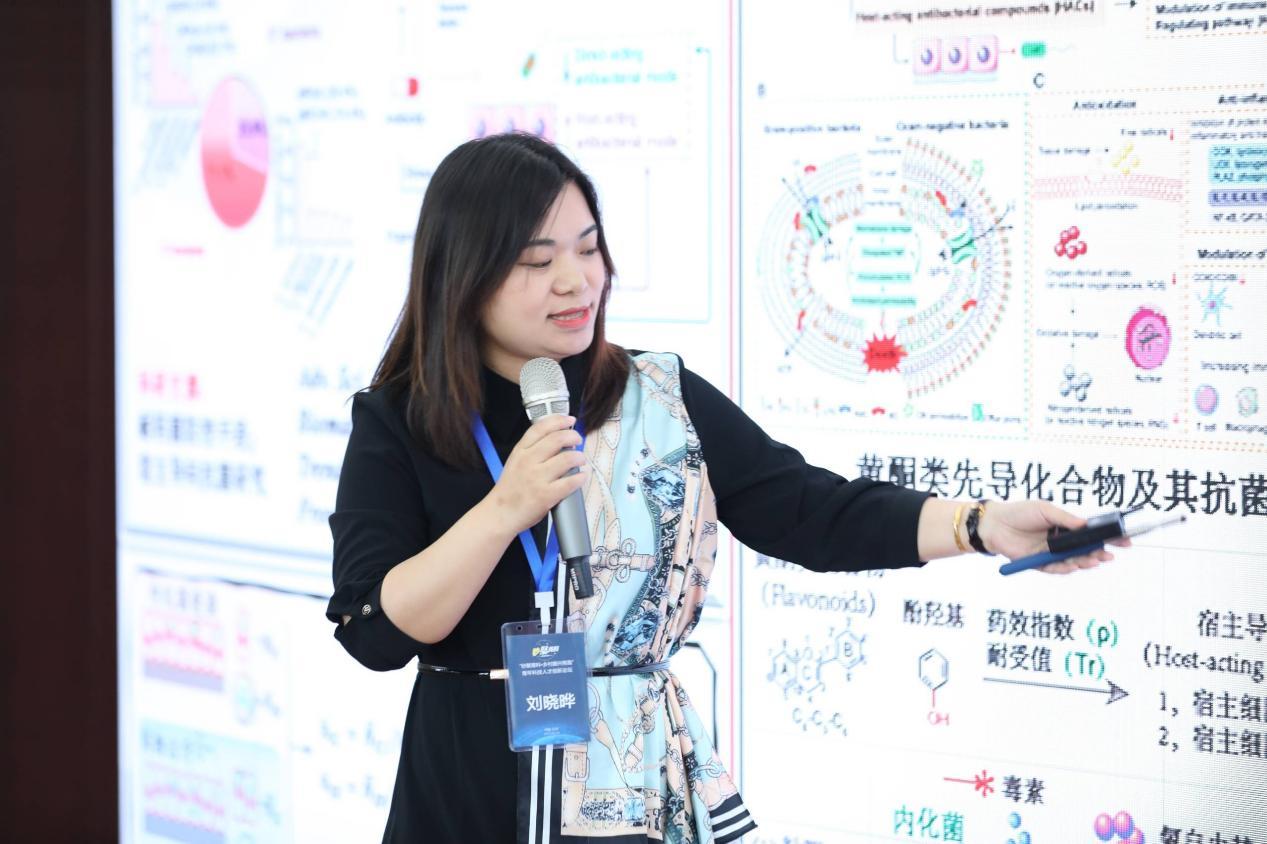Dr. Liu Xiaoye, a young scholar and associate professor at the College of Animal Science and Technology, Beijing University of Agriculture, recently co-first authored a research paper titled "Tissue geometry spatiotemporally drives bacterial infections" in Cell. This paper, through an interdisciplinary innovative design, reveals a novel mode of pathogen-host interaction dominated by "organizational cell monolayer geometric structural characteristics – mechanotransduction – infection recognition." It proposes an antibacterial strategy and approach with the Piezo1-mediated mechanotransduction pathway as a potential target, laying the foundation for the development of host-directed antimicrobial therapies against multidrug-resistant organisms (MDRO), and holding significant potential for clinical application. Liu Xiaoye has been involved in this research for nearly seven years. Speaking about the groundbreaking scientific achievement, she said, "in the labyrinth of scientific research, interdisciplinary collaboration is like having a guiding light - it doesn't directly provide the answer, but can always illuminate unexpected paths."

"It was a fascinating exploration of 'boundaries' when mechanics meets microbiology"
As a young teacher, Liu Xiaoye often tells his students in class, "The most fascinating things in science are often hidden in overlooked details." The interdisciplinary research collaboration with his doctoral supervisor Professor Zhu Kui from China Agricultural University, postdoctoral supervisor Researcher Huang Jianyong from Peking University, and Researcher Huang Shuqiang from Shenzhen Institutes of Advanced Technology, CAS stemmed precisely from such an 'overlooked detail' - the mechanical microenvironment at the edge of tissue cells - unexpectedly opening up a brand-new perspective for understanding bacterial infection.
Interdisciplinary collaboration was challenging at the beginning. During Liu Xiaoye's doctoral studies, she published a cover article in Advanced Science, which initially established a model for bacterial-cell infection interactions. Later, she came to the College of Engineering at Peking University to continue her postdoctoral research. Building upon her previous study of the interaction mechanism between bacteria and cells, they began to hypothesize whether biomechanical factors could influence bacterial invasion of cells, and this became the first spark ignited by this interdisciplinary collision.

Through their research, Liu Xiaoye and the team discovered that the extracellular matrix stiffness in the cellular mechanical microenvironment regulates bacterial infection, and this infection occurs precisely in the area of the greatest force. This phenomenon, where the area of the greatest force is at the boundary regardless of whether it's a single cell or a cell monolayer, was a novel finding that preceded the formation of this Cell article.
 LATEST NEWS
LATEST NEWS
 search
search


